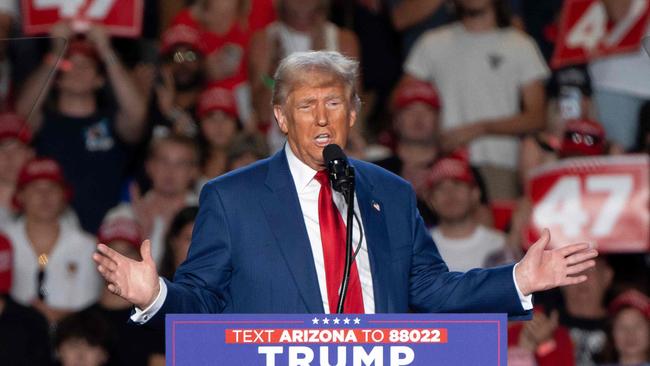
Trump’s plans in the areas of energy, taxation and reform of the federal government promise the greatest economic benefits to the US and should be looked at carefully by Australian policymakers.
On energy, Trump has committed to dismantling the Biden administration’s economically debilitating climate austerity agenda and will almost certainly withdraw the US from the Paris climate change agreement.
This will fatally undermine this accord, which we should remember had no legal teeth to start with.
In light of this, Australian policymakers should rethink their commitment to net-zero carbon dioxide emissions by 2050, a target that was never informed by sound economic advice or a willingness to face geopolitical realities.
I understand why Peter Dutton cannot do this today, but if elected next year he should commission a review on the economic costs and consequences of this policy.
On tax, Trump will want to lock in the across-the-board income tax reductions he signed into law during his first term (which are due to expire next year) and perhaps go further in this direction. He has also promised to reduce the corporate tax rate.
While both the Coalition and Labor support income tax cuts for lower-income earners, neither has committed to reducing our exorbitantly high (45 per cent) top marginal rate or, as a second-best option, significantly lifting the low threshold at which it cuts in ($190,000). Nor are they willing to index our thresholds for inflation, as is done in the US and many other developed economies. America’s (37 per cent) top rate only applies to those earning more than $US609,350 ($924,450).
Trump intuitively understands that a flatter, lower income tax schedule rewards aspiration, hard work and risk-taking, stimulating growth and generating more revenues for social services.
His narrowing of the income tax base (by exempting tips and overtime) is not good tax policy, however, and will be ripe for abuse. His income tax cuts will leave a big hole in the US federal budget, but I suspect he subscribes to Milton Friedman’s “starve the beast” dictum: that the only way to check, and one day reverse, the in-built tendency of government to grow is to sharply reduce its diet of tax dollars. In contrast, recent Labor governments – often supported by the Coalition – have adopted a “feed the beast” strategy: that is, commit to huge, unfunded entitlement spending commitments (such as the NDIS), which once in place necessitate future tax hikes to pay for them.
Trump’s commitment to “drain the swamp” in Washington DC could also be applied here. As we know, while Trump has committed to not touch US entitlement spending, he will task Elon Musk to find massive efficiencies from the federal bureaucracy. A similar exercise should be conducted in Australia. An obvious place to start are those policy areas where the federal government needlessly duplicates state responsibilities. Let’s remember that Canberra does not run a single school.
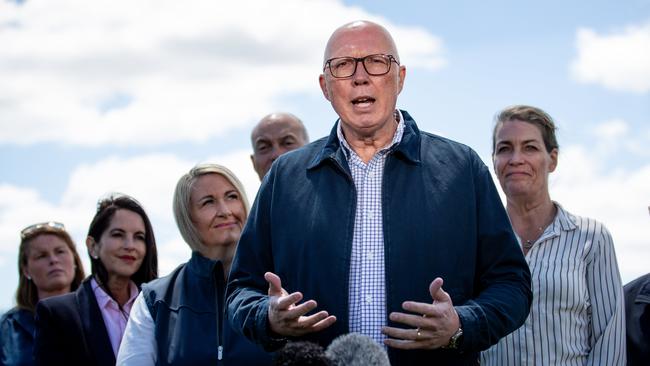
A local audit should also look at dismantling the extensive network of subsidies, mandates and other supports for wind and solar energy. Canberra’s welter of equity, diversity and inclusion programs should also be wound back. The one policy area where Trump’s approach, if adopted here, would be damaging is industry protection. Trump plans to impose an across-the-board 10-20 per cent tariff and a 60 per cent impost on imports from China. He is likely to use these as bargaining chips to pressure US trade partners to reduce their own trade barriers, which is what he did in his first term. Could this spark a trade war? Perhaps. But Trump’s deal-making, largely mercantilist approach to trade is hardly unusual for US presidents.
The key point is that the US, as the world’s largest economy and source of demand for Chinese goods, can get away with aggressive trade and financial unilateralism. So too can the European Union. As a small, export-dependent economy, we can’t, as we learned to our considerable cost as a nation in the 20th century. This is why the Albanese government’s Future Made in Australia represents a retrograde economic step.
What parts of Trump’s thinking might be misconstrued here, particularly among conservatives? Two stand out. On immigration, Trump’s focus is on stopping illegal inflows, not legal ones. He made a point of welcoming legal immigrants in his victory speech and has even promised green cards for all foreign graduates of US universities.
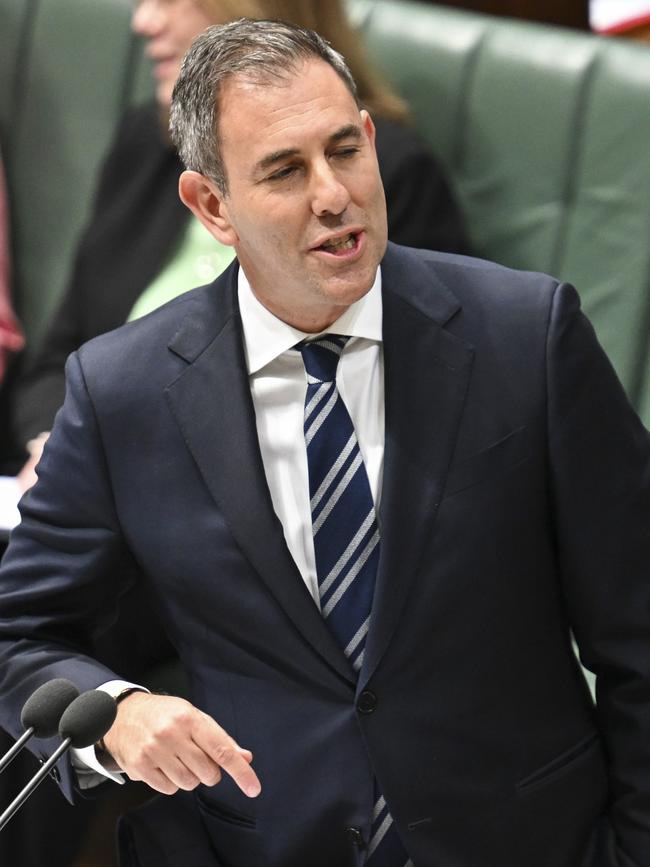
While Trump objects to corporate virtue-signalling, he is not hostile to big business. If US corporate leaders believed he would break up big firms and regulate their prices, Wall Street would have fallen, not boomed, after his election. The National Party should take note.
Trump is a one-of-a-kind politician, but his economic policy philosophy is highly familiar; in many respects orthodox. His support for cutting taxes and deregulating the economy, while keeping safety nets in place, is Reagan-esque. His mercantilism harks back to Alexander Hamilton. Reagan’s policy strategy, which emphasised individual aspiration and supply-side growth, was successfully adopted by Hawke, Keating, Howard and Costello.
With Australia lagging the rest of the developed world on inflation and productivity, it is high time our policymakers rediscovered it. Not only does it make eminent economic sense, it is an appealing political pitch, as Trump showed.
David Pearl is a former Treasury assistant secretary.


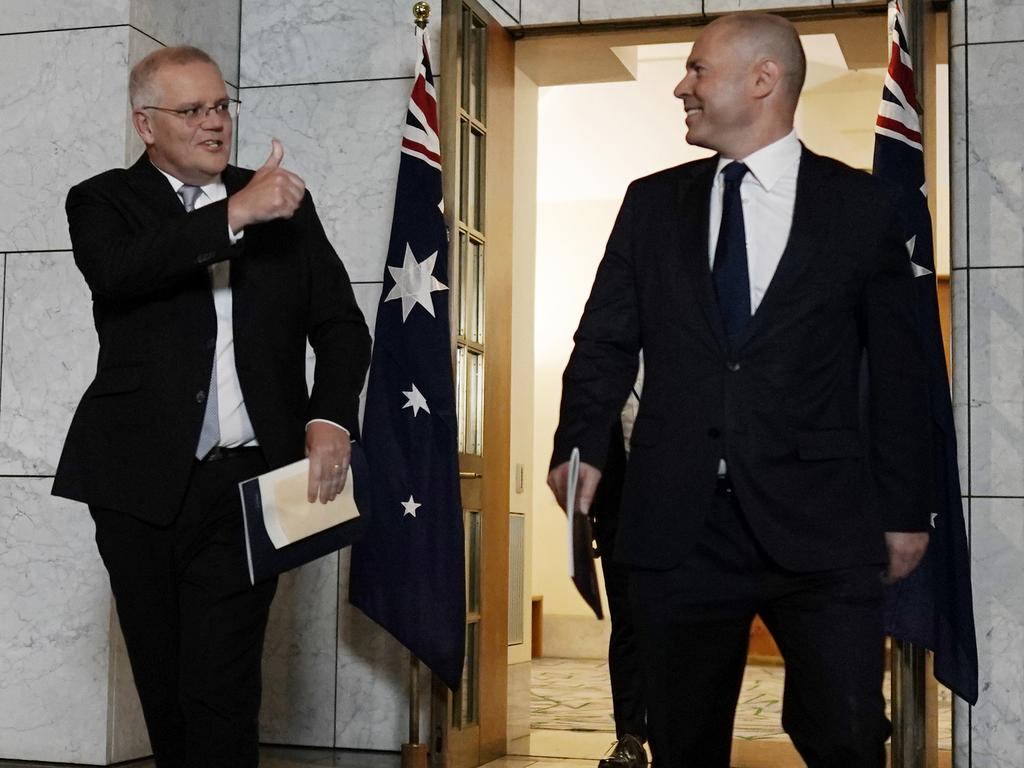

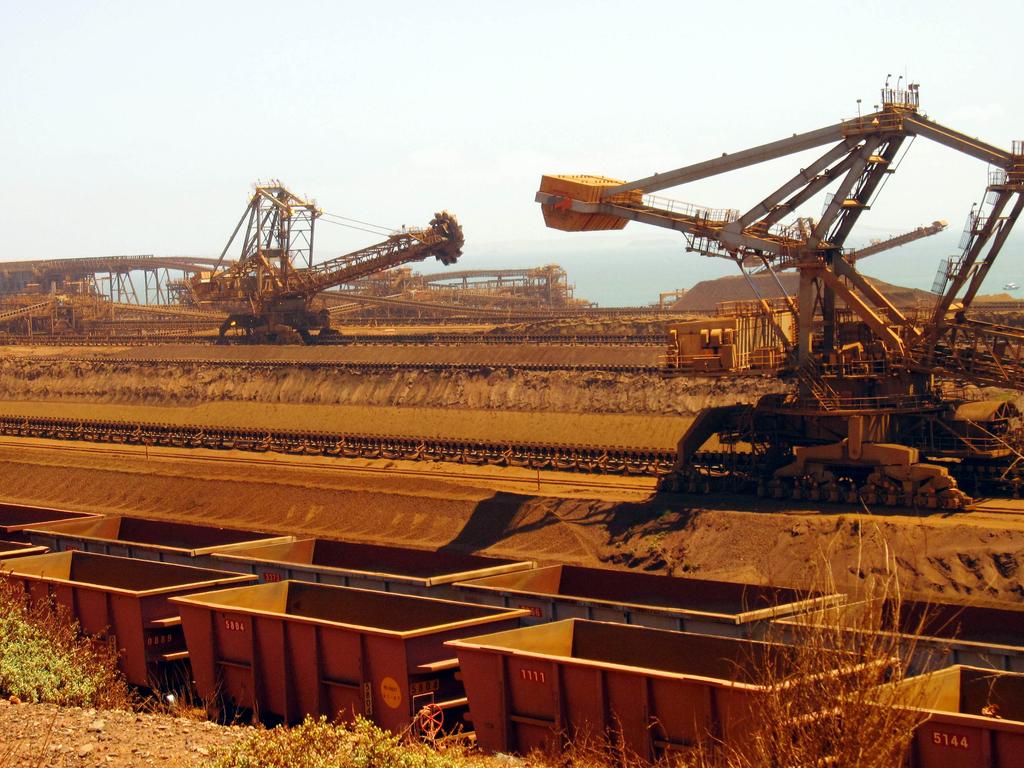

In all the post-US election commentary we’ve seen, one question has yet to be posed: what inspiration can Australian policymakers draw from Donald Trump’s second-term economic agenda? Let’s resist the temptation to either demonise or lionise Trump’s policies by association with the man himself and consider them dispassionately.